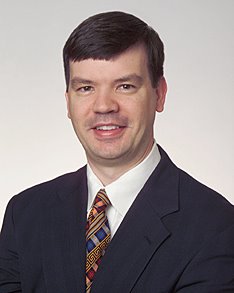
This past week the FDA had some hearings to discuss the issues of dermal fillers (like the popular
Juvederm,
Restylane,
Sculptura, &
Radiess) and
BOTOX. The use of such products has exploded in recent years and we've seen some real complications reported. The majority of such problems are usually minor and transient as most of these products degrade or wear off. However, there are some products whose effects are permanent (like some of the micro-silicone injectables which aren't used in the US) or last up to several years (like Radiess or Sculptura).
The FDA presented data on over 800 patients who suffered reactions after injection with dermal fillers between 2003-2008. There have been no deaths reported to the FDA, but almost 80% of the patients required follow-up treatment of some sort. Most of these were minor swelling and redness (which isn't really a complication, but expected IMO). However, the FDA also received reports of "serious and unexpected" problems, including facial, lip and eye paralysis, disfigurement, vision complications and some severe allergic reactions.
Most troublesome complications of these fillers are those injected around the eye to fill the hollow "tear trough" that develops under the lower lid with aging. Injections in that area offer a solution that cannot be reliably fixed surgically as the changes are produced from a combination of atrophy of the cheek bone (malar complex), deflation of the fatty tissue of the orbit/cheek, and thinning of the skin rather then something descending and producing loose skin. The thin skin of the lower lid is unforgiving for imprecise injection of dermal fillers as it shows each and every irregularity. In addition, inadvertent injection into a blood vessel in this area has been associated with embolic phenomena to the eye which can produce blindness.
Natasha Singer, the NY Times go to girl for cosmetic surgery articles wrote a nice summary up last week (see
here).
Not directly addressed at this hearing was the hornet's nest of exactly
who is actually doing these procedures, particularly those indications that are still "
off label" for the injectable. (
Natasha, if you're reading this BTW that subject is screaming for an feature by you....Rob) To this point, states have been reluctant to engage the issues about qualifications and credentialing for doctors performing aesthetic medicine or surgeries. It strains common sense to allow people who are un or undertrained to perform these types of procedures. IMO, if you're not trained in lower eyelid surgery (
a la an opthomologist, plastic surgeon, or ENT surgeon) you don't have much business pushing injectables or fat grafting that area - it's that finicky! In many other states, physicians are not even required to do these procedures themselves but are free to delegate them to low level providers or nurses.
Rob













